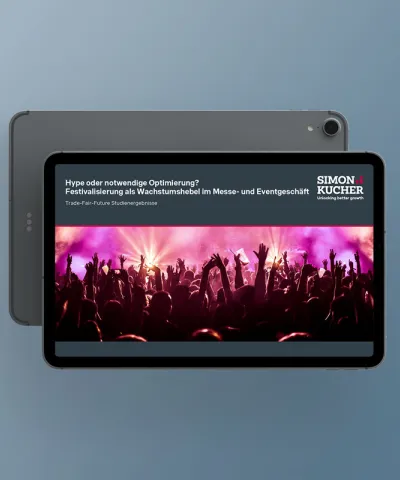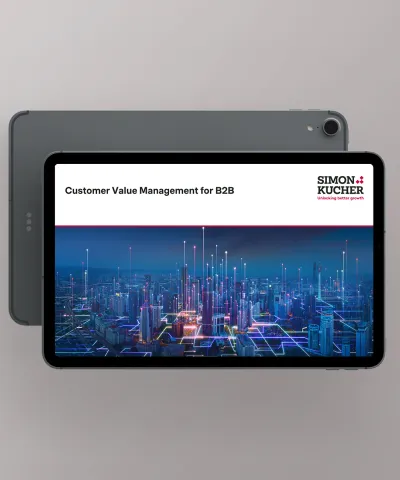A new crop of electric vehicles (EVs) is set to enter the market. While many US auto purchasers remain hesitant, two segments show promise – but only one will set up original equipment manufacturers (OEMs) for success from the start.
As a new wave of EVs comes to market, automakers must consider how to strategically position their offerings to US auto purchasers who aren’t yet all in on the concept of sustainable vehicles. As noted in part one of this series, traditional value drivers such as price, reliability, quality, and functionality reign supreme for customers while sustainability takes a back seat. However, a more granular vantage point of the market provides further insights.
While sustainability carries more influence among certain automotive customers, the US automotive results from the Global Sustainability Study reveal a pattern that traditional value drivers are still what largely move the needle today. Given that price parity between internal-combustion engines and EVs isn’t attainable yet, one factor is crucial for OEMs and the success of their new EVs: finding the right segment to target.
Which segments should OEMs target?
The results from our study highlight that, in the short term, Generation Z (Gen Z) and the high-income demographic are the most viable customers for EVs. While Gen Z is the most sustainably minded group, they don’t have the willingness to pay a premium for sustainable vehicles. Given Gen Z’s limited financial resources and share of wallet among the car-buying population, it’s not a mature enough segment to target in the short term.
However, the story with high-income respondents is the opposite. Despite their relative lack of excitement around sustainability, they are undeterred at the prospect of paying a premium for a sleek, futuristic EV. So, while the high-income segment isn’t as enthusiastic about green causes as Gen Zers, we recommend that OEMs target this segment in the short term.
What draws the high-income segment to EVs?
According to our pricing, growth, and go-to-market strategies experts, rolling out new EV models with the high-income segment in mind is the best path forward. But to effectively target this segment, OEMs need to understand their preferences. Our study’s results show that while sustainability itself was not prioritized within the high-income crowd, this segment did place above-average importance on the "promoting a positive green image" and "ethical production" value drivers. While this may seem counterintuitive, it highlights that these consumers don’t value sustainability directly, but do value the associated implications.
Across the board with consumer goods, sustainable products command a premium and are often seen as luxury goods compared to non-sustainable alternatives. Cars are no different, and higher-income demographics are typically drawn to the premium nature, increased status, and cool factor of the latest EVs. Another key associated implication is the socially conscious reputation of EV owners, making the purchase decision an extension of the buyer’s personal ethics.
Three benefits of tapping the high-income segment for OEMs
OEMs should introduce their EVs to the market as a premium product with additional luxury, technology, and performance features. This not only fulfills traditional value drivers but also cultivates a high willingness to pay, justifying the higher price tag.
Not only is this short-term strategy good business, but it will also set OEMs up for success in the long term:
- Developing and bringing to market the new technology that EVs require is tough on the bottom line. By starting at the premium segment, OEMs will be able to recoup some of the hefty research and development costs by initially offering products that maximize profit and tap the highest willingness to pay.
- OEMs will benefit from amortizing these costs throughout the brand as the technology trickles down their model lineups.
- The importance of building brand credibility and bolstering consumer perception with halo, premium models can’t be understated – especially as automakers must either reassert or redefine their brands with a new generation of vehicles.
An OEM doesn’t have to be in the luxury segment to reap the benefits of this strategy. Automakers across the spectrum can offer luxury-inspired vehicles to an emerging yet hungry EV market. In fact, doing so provides an opportunity for down-market brands to break into the premium space by offering high-dollar, competitive EVs to a not-yet-saturated corner of the automotive landscape.
In the final article of this series, we dive deeper into the advantages for OEMs as we discuss long-term strategies for automakers in the EV revolution. Stay tuned!
Contributing Author:
- Matthew Reich, Consultant








